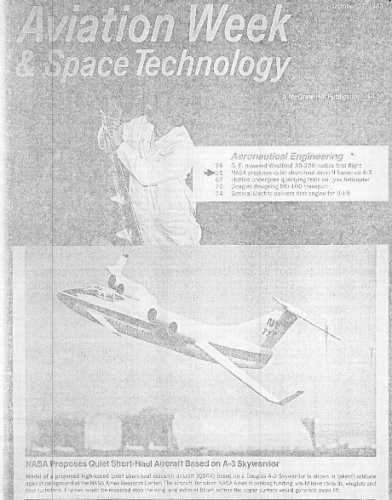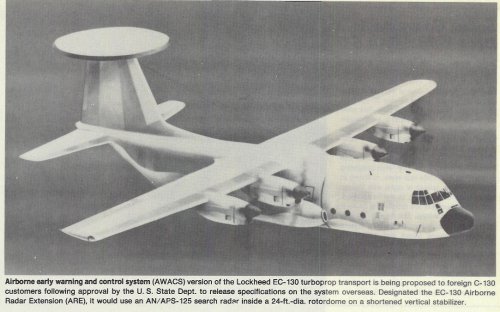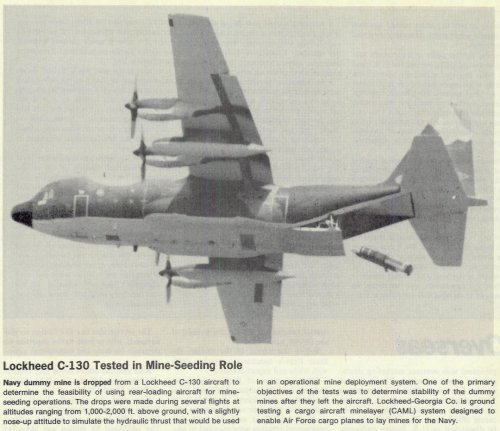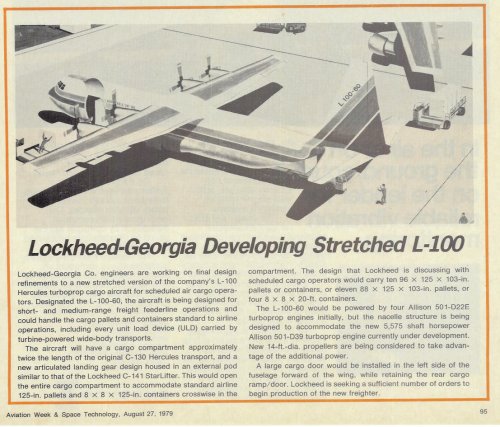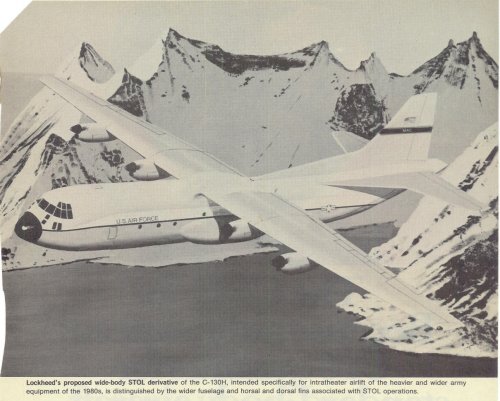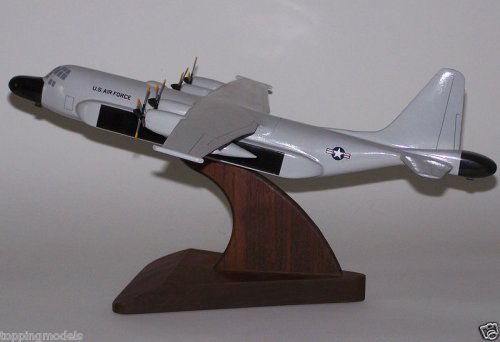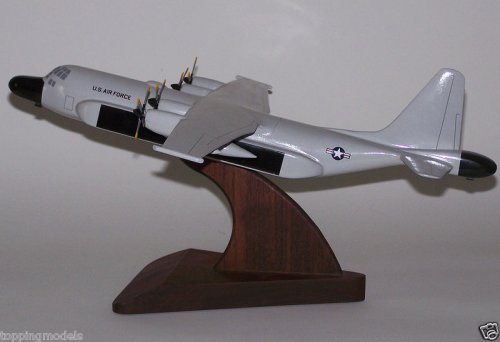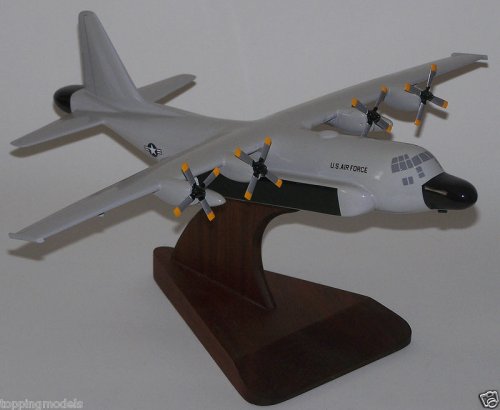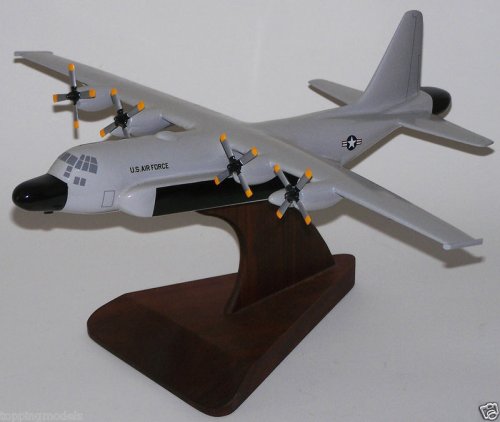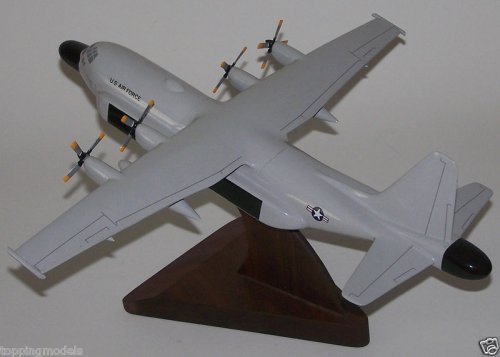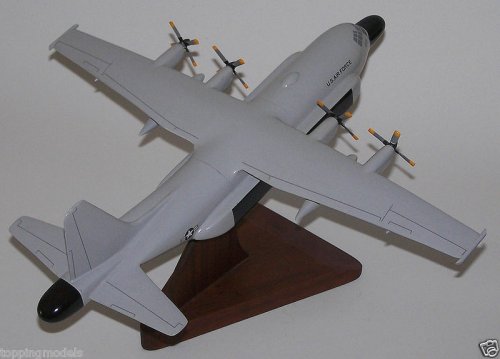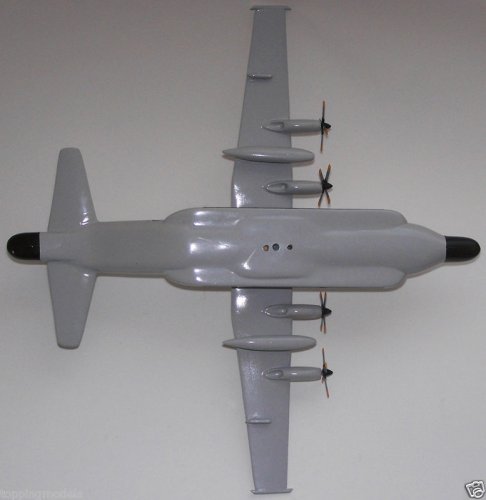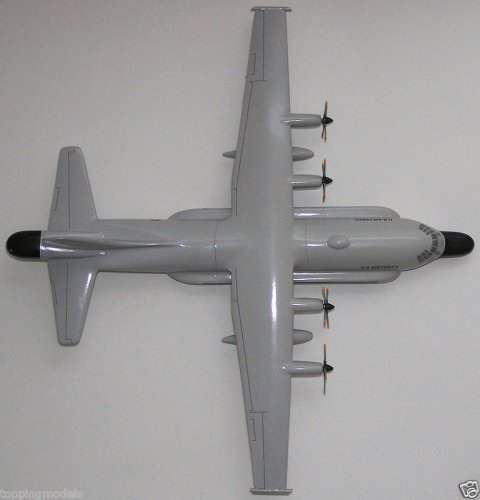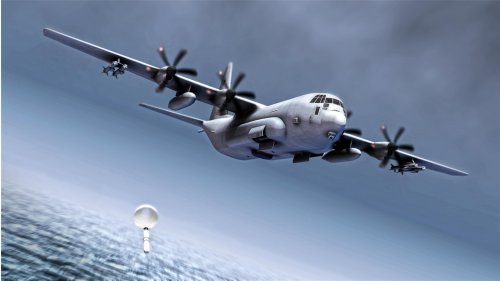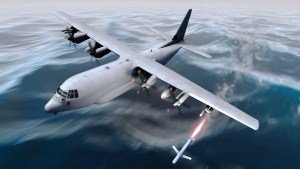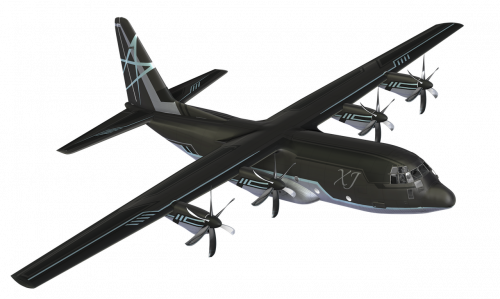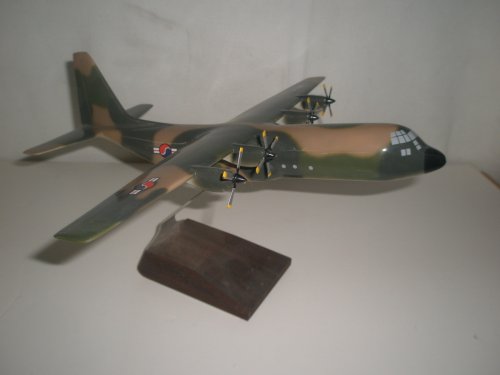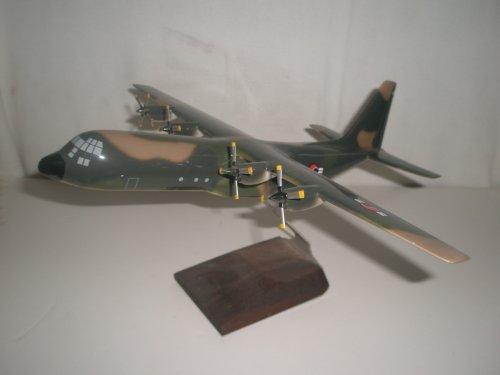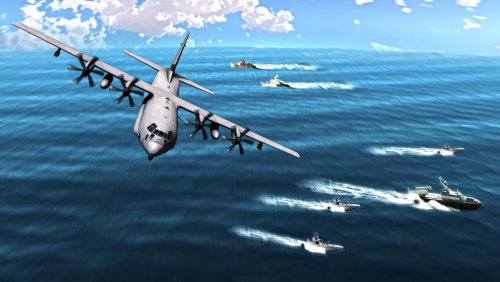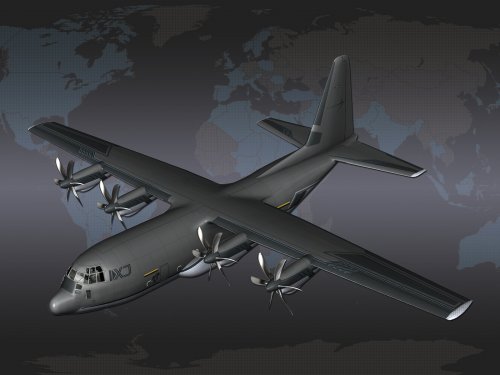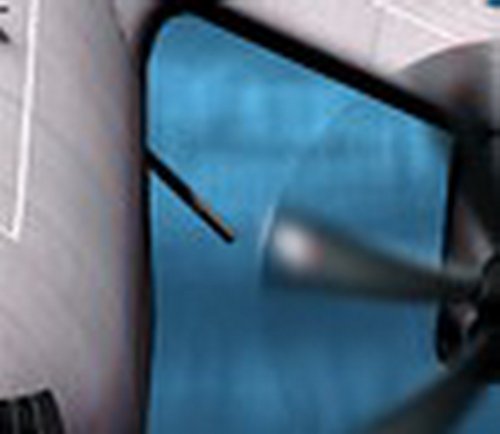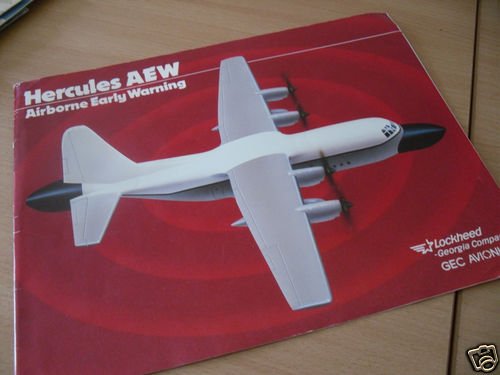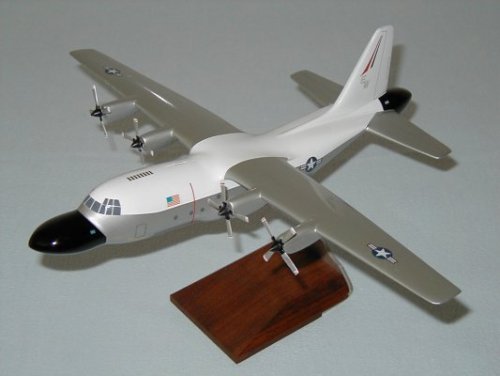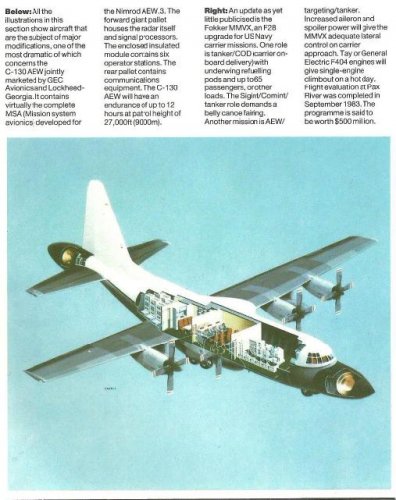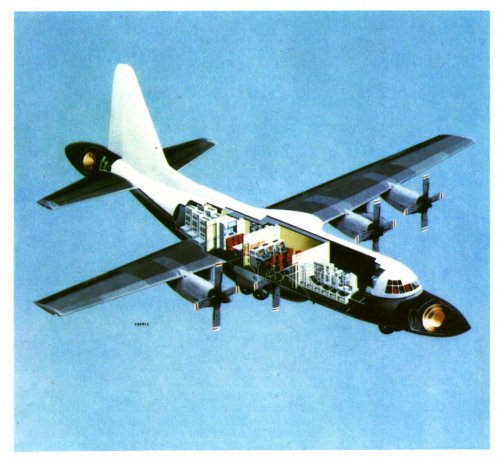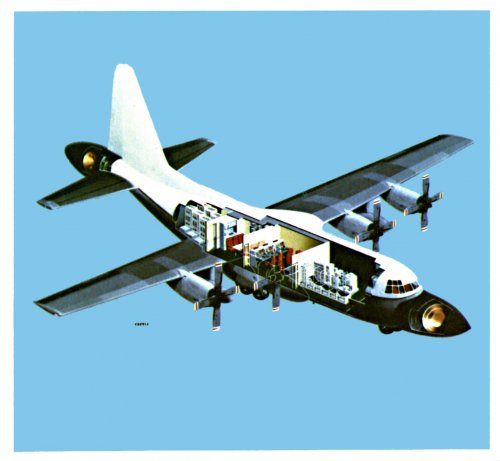Singapore: Lockheed Unveils Plans for 2 C-130 Variants
Feb. 16, 2012 - 02:18PM
By WENDELL MINNICK
Source:
SINGAPORE — Lockheed Martin announced plans at the 2012 Singapore Airshow to create two C-130J variants.
The C-130XJ (Expandable J) and the SC-130J (Sea Herc) will offer customers more capability choices than the current Super Hercules J model, said George Standridge, Lockheed Martin Aeronautics’ vice president of business development.
The C-130XJ offers the U.S. domestic and international markets a variant that does not feature all the capabilities inherent in the C-130J, thus providing a significantly lower price. However, the XJ’s capability can expand after delivery in a variety of mission areas, except for the Enhanced Cargo Handling System, Standridge said.
Interest in the C-130XJ will come from the special mission market, which uses roll on/roll off mission packages, and operators that use airlift for low-threat air and land transport of troops and equipment.
The C-130XJ will retain all the provisions necessary to be fully configured for combat missions. It will keep the current propulsion and avionics suite, and no changes will be made to the current C-130J airframe.
The primary airframe focus is on the short-body C-130J, but the C-130XJ package will offer the C-130J-30 stretch version upon request. The C-130XJ will have the same mission capabilities as the C-130J, including search and rescue, firefighting, surveillance and reconnaissance, signals intelligence and close air support.
The SC-130J Sea Herc will offer an affordable replacement for the P-3 Orion maritime patrol aircraft (MPA) and anti-submarine warfare aircraft (ASW), Standridge said.
“You take the well-proven C-130J and import the P-3 missions into the aircraft for maritime surveillance and anti-submarine warfare,” he said.
The new variant will provide a wide spectrum of MPA and intelligence, surveillance and reconnaissance mission capabilities using roll on/roll off systems. The patrol radius and endurance is on par with the P-3, but it features a new airframe and updated ASW systems. The variant also saves costs by leveraging existing C-130J fleet infrastructure, support system, spares and training, he said.
An artist’s conception provided by Lockheed of the Sea Herc shows it firing a missile from a hardpoint under the wing.

